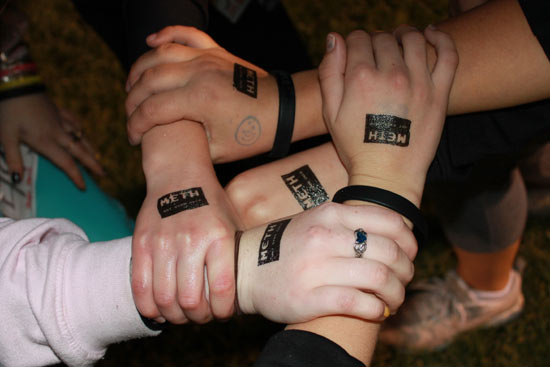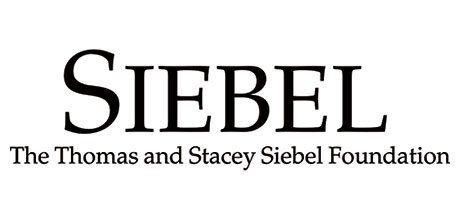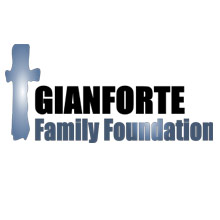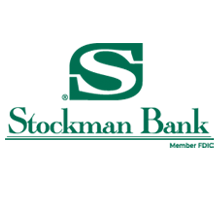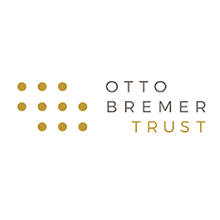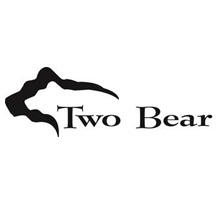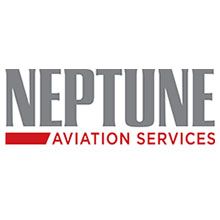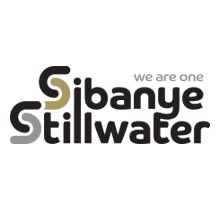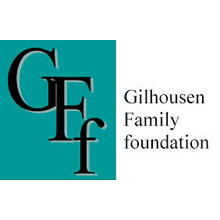METH IN MONTANA
As the solely dedicated Meth prevention program in the state, our efforts are vital to ensuring Montana teens are armed with the facts about Meth. As the drug's supply and purity have intensified over the years, it has only made our work more important. More Montanans are at risk of addiction, violence, overdose, and death.
- 124% increase in Meth-related crime since 2014.1 From theft to abuse, rape, and human trafficking, Meth is intrinsically tied to crime and violence in our state.
- 68% of child home removals due to abuse or neglect involve parental drug use; 65% list Meth as the primary drug involved.2
- 46% of open child welfare cases placing children in foster care have Meth indicated.3
Despite the hurdles, we are reducing teen Meth use:
- 77% reduction in first-time teen Meth use since our inception4
- Lowest Native American teen Meth use ever reported5
WHAT IS THE MONTANA METH PROJECT?
The Montana Meth Project is a large-scale prevention program aimed at reducing first-time teen Meth use through public service messaging, public policy, and community outreach. Founded by the Thomas and Stacey Siebel Foundation, the Montana Meth Project is a private-sector response to a critical public health issue. The Meth Project has been cited by the White House as one of the most effective prevention programs and a model for the nation.
Central to the integrated, research-based campaign is MethProject.org, a definitive source for information about Meth for teens. MethProject.org is supported by hard-hitting television, radio, print, online, mobile, and social media campaigns that communicate the risks of Meth use.
The Meth Project has been credited with significant declines in Meth use, and was named the 3rd most effective philanthropy in the world by Barron's. Since the Project's launch, teen Meth use has declined 65% in Arizona6, 63% in Montana7, and 56% in Idaho8. Six additional states have / had implemented the Meth Project prevention programs: Colorado, Georgia, Hawaii, Idaho, Montana, and Wyoming.
In Montana, where the program launched in 2005, young people's attitudes toward Meth are changing. Montana teens and young adults have come to view Meth as more dangerous and recognize the Montana Meth Project as a key source of information about the drug.
APPROACH
Every day, people are faced with the decision to try Meth. Many perceive benefits in using the drug, but little to no risk. This is the root of the problem. The goal of the Montana Meth Project is to arm teens and young adults across the state with the facts about methamphetamine so that they can make well-informed decisions when presented with the opportunity to try it.
RESEARCH-BASED MESSAGING CAMPAIGN
The Montana Meth Project conducts extensive statewide surveys and focus group research to more thoroughly understand attitudes and behaviors related to methamphetamine in Montana. This research provides the foundation for The Montana Meth Project's messaging and communication programs.
The Meth Project's campaigns are informed by six years of extensive quantitative and qualitative research with prevention experts and more than 50,000 teens and young adults through 60 national and statewide surveys, and 112 focus groups and have been developed in consultation with top experts in research, prevention, treatment, advertising, and digital media.
The Montana Meth Project's integrated campaign is designed to reduce Meth use by educating teens, early and often, about the risks of the drug. The centerpiece of its research-based campaign is MethProject.org, a definitive source for information about Meth for teens. Through an immersive multimedia experience, MethProject.org addresses teens' most frequently asked questions about the physical, mental, and social impacts of Meth. MethProject.org is supported by hard-hitting television, radio, print, online, mobile, and social media campaigns that graphically communicate the risks of Meth use.
The Meth Project's campaigns have been cited for their uncompromising approach and demonstrated impact, having won 50 awards, including 11 Gold ADDY Awards, 19 Silver ADDY Awards, 2 Gold Effie Awards, and the Cannes Lions Award at the Cannes International Advertising Festival.
2 Montana Department of Public Health and Human Services, Child and Family Services Division, 2019
3 Montana Department of Public Health and Human Services, Child and Family Services Division, 2019
4 Montana Office of Public Instruction Youth Risk Behavior Survey, 2021.
5 Montana Office of Public Instruction Youth Risk Behavior Survey, 2021.
6 Arizona Criminal Justice Commission. Arizona Youth Survey. 2012.
7 Montana Office of Public Instruction. 2011 Montana Youth Risk Behavior Survey. 2012.
8 Centers for Disease Control. Youth Risk Behavior Survey. 2013.






